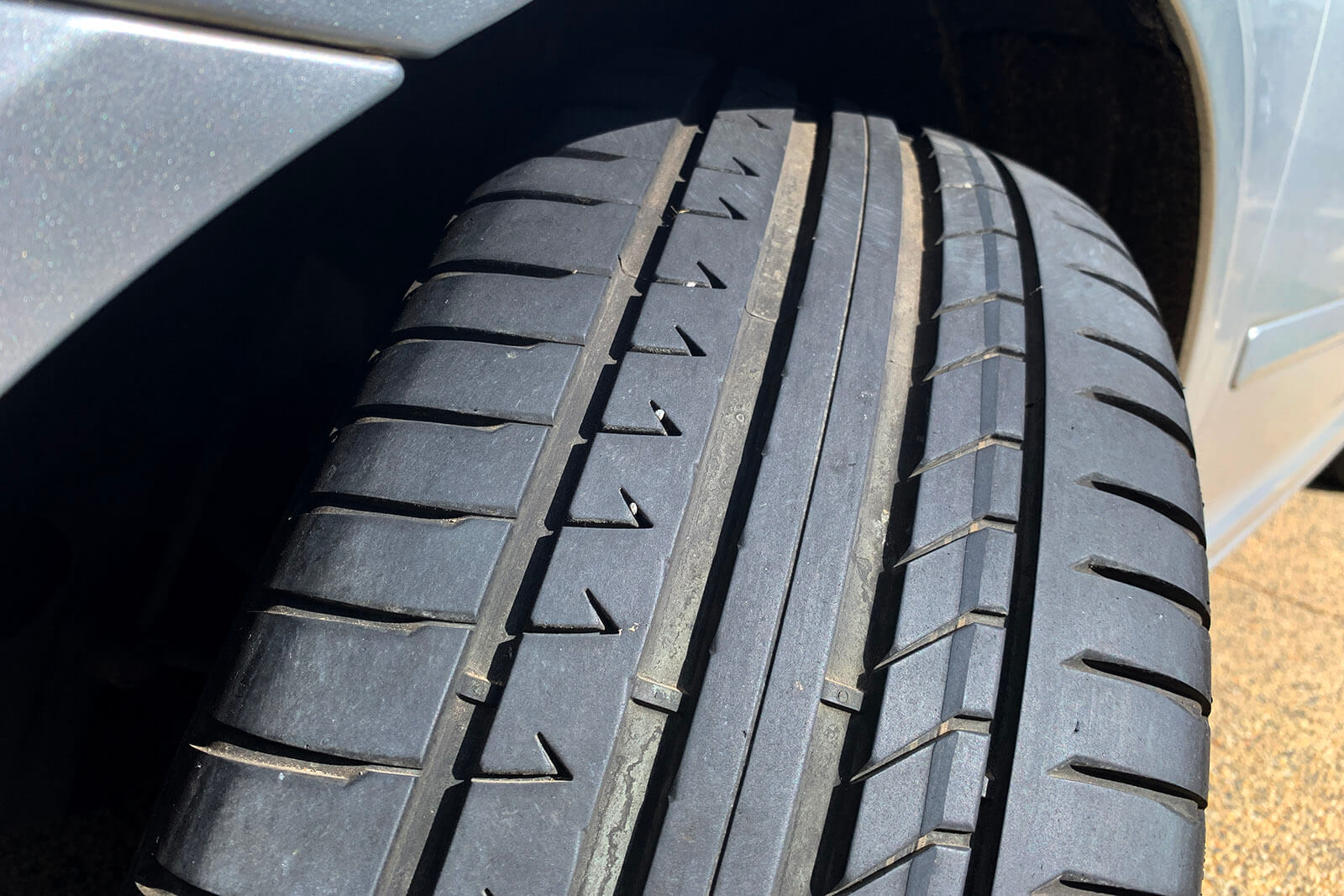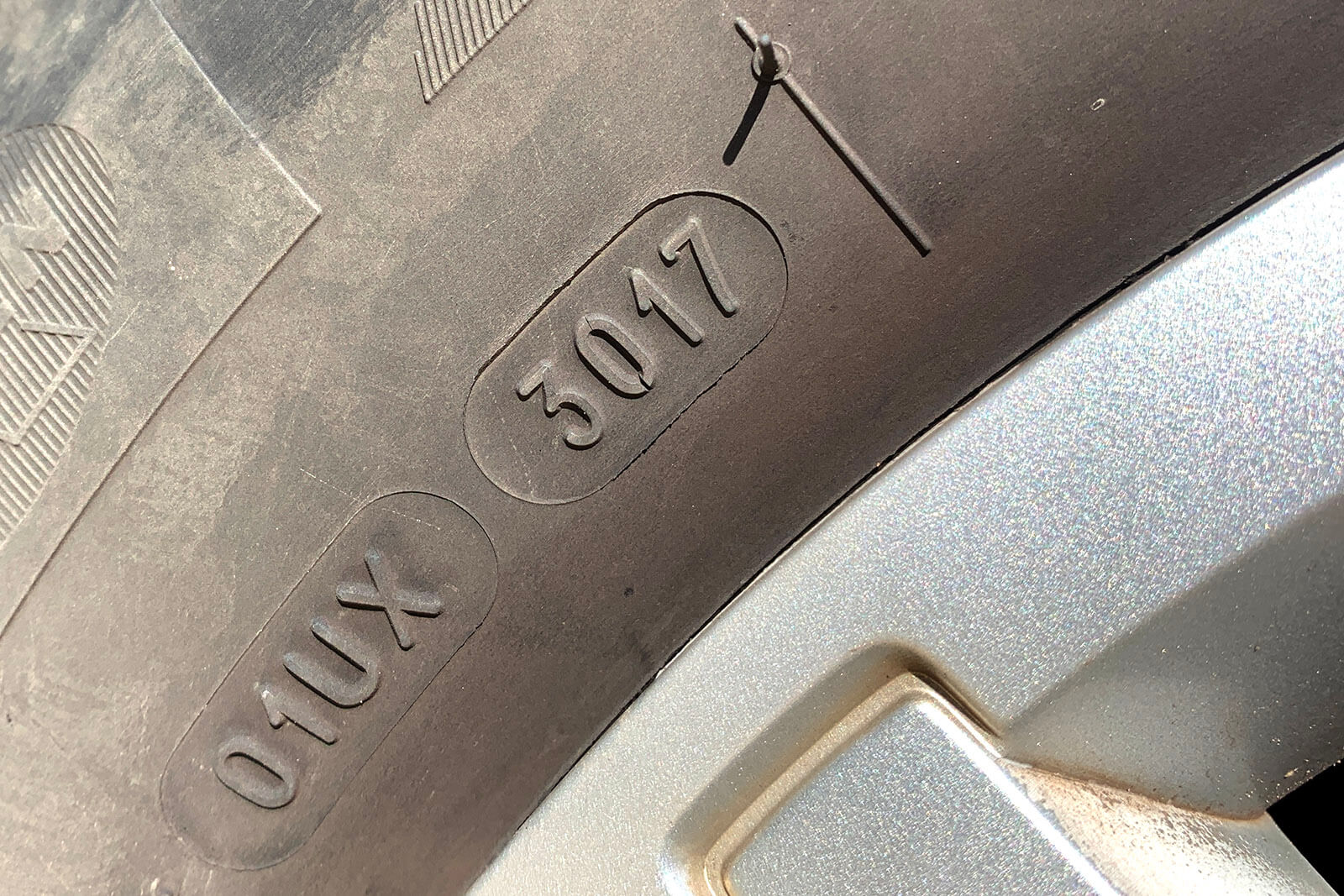Tyres, what’s all the fuss, and how do I know if I need to replace them?
16/09/2020
They’re round and black, and there’s four of them, if I don’t have a puncture, what’s the fuss?
When you stop and think of it for a moment, you can appreciate how important tyres are as a vehicle’s only contact with the ground, so it’s the quality and condition of those tyres that dictates both your ride inside the car, and the ability to both stop and handle varying road conditions, regardless of the age of the tyre, or the performance of the vehicle they’re attached to.
In extreme conditions, tyre wear can also be attributable to a life and death situation.. A compromised tyre won’t handle speed, cornering or braking unless they are within the performance window they were designed for, and many tyres are designed specifically for different circumstances, so it is by no means a matter of one tyre fits all.
Price too is a consideration, as although you can buy cheap tyres these days - even second hand or retreads - the greater consideration has to be safety and just how much that saving might cost you in the long term, fuel economy also emerging as a consideration, but it is very much a secondary consideration to safety.
Take a look at this video from What Car in the UK that adds weight to this argument;
What to consider;
Price needs to be a consideration, with a focus on what you can afford over what you can save (ask us about financing arrangements) - that could mean the difference between a car that stops ahead of an accident, and one that doesn’t.. At the end of the day, you have to weigh up what price you put on your own safety.
You also need to consider what you are actually using your vehicle for. As an example - many off-roaders choose to fit expensive, grippy all terrain tyres that are better suited to mud and extreme off-road conditions, when in reality they use those tyres for perhaps less than five percent of the tyre’s life - the bulk of tyre use coming on sealed roads where those tyres wear significantly faster and emit much higher road noise.
Also consider if you live in an area that receives greater rainfall, or is cold and slippery (ice) in winter, they are all considerations you should make before placing a request for new tyres, but of all considerations, safety should be paramount, and whilst that can cost a little more, it is worth it in the long run, especially as most higher priced tyres achieve a lower rolling resistance, so therefore have an impact on the amount of fuel you use to turn them around..!
What is rolling resistance, and why does that help fuel economy?
Any vehicle that moves, whether bike, car or truck - suffers from rolling resistance. It is the resistance a tyre faces on the surface of the road, felt as rolling friction or drag against the tyre.
In addition to the forces between the tyre and the road surface, the contact patch made by the tyre under the load of the car sees additional resistance called ‘hysteresis’ loss, which comes from the flex of the tyre as it deforms to meet the surface of the road creating heat in the process - hysteresis loss accounts for as much as 90% of rolling resistance in a car.
Think of riding a bike with low tyres pressures - or a flat tyre - versus higher tyre pressures, remember how well it moved across the surface of the road when the tyre was fully inflated!? That’s rolling resistance, and whilst tyre pressures have an affect, so too does the tyre itself.
Figures suggest that a lower rolling resistance can affect fuel economy by as much as 0.25-litres per 100-kilometres, which may seem insignificant across a tank of fuel, but across the life of a tyre (using 20,000km as an expected life-span), that’s a saving of 50-litres of fuel, or the equivalent of around one tank! On current fuel rates, that would cover the purchase price of a better quality set of tyres, just on tyre life alone!
So how do I know when my tyres need replacing?
There are a couple of methods you can use straight off to check on the status of your tyres.
One of those is to check for ‘bald’ patches on the tyre. These usually appear on the inside edge of the tyre - specifically on the front tyres that do the steering, but are often difficult to see unless you get down low under the front of the car (with the handbrake firmly applied of course!). Alternatively pull the car up with full lock on the steering and that will expose the tyre making it easier to see.
If the tread has been worn smooth on the inside edges, you definitely need to replace the tyres as the next stage of wear will see the steel belts start to appear from beneath the rubber, and the tyre starting to delaminate, which will ultimately lead to failure, and potentially, an accident.

Secondly, and this is something that tyre manufacturers the world over have added to their tyres to assist you in checking the integrity of the tyre - with ‘tell tale’ tread wear indicators. These small triangles or letters from the alphabet (often around 5mm in size) are located along the outer edge of most tyres, often with around 6-8 of them per tyre. At these points there is a raised rubber strip that runs across the full width of the tyre inside the tyre tread pattern. When the tyre is new, they are hard to see, but when the tyre is worn, you can clearly see the bar across the tread (often the best way to see that is to turn the steering wheel to full lock, then - again with the handbrake applied - get out and look at the exposed tyre to check the bar in question).
For more details read;
https://www.carsguide.com.au/car-advice/how-do-i-know-when-my-car-needs-new-tyres-32135The minimum recommended tread depth is 1.5mm which is also when you will see the tread wear indicator ‘bar’ flush with the remaining tread on the tyre, and at that point, you need to be looking at a new set of tyres.
The final check you can do on the tyre - something which appears on all modern tyres - is check the manufactured date. The number is stamped into every tyre as four digits that represent the week of the year (two digits) and year (two digits) the tyre was manufactured. eg. 3017 equates to - 30th week, 2017 - as the manufacture date.

What does that mean? Not much in the real sense, as rubber hardly degrades at a rapid rate, however if the stamp is not there, you have an idea that the tyre could have been manufactured prior to 2000 and that it could be time to look at a replacement, especially if the car is about to endure some extra miles.
The greater indicator though about whether you should replace your tyres, is the wear indicator across the tread that indicates a depth of more or less than 1.5mm - if the wear reaches the indicator bar, you need to be replacing tyres.
My tyres are okay, but I don’t know what pressure to use!?
Again, manufacturers - this time the vehicle manufacturer - provide a guide on what the ideal tyre pressure is to suit the various uses of your car.
It might not seem much, but a car carrying one grown adult, versus four grown adults can have a big affect on the load (consider four 80kg adults equates to a load of 320kg), and therefore the handling of the car. That load is transferred through the tyres, so if you’re taking four adults on a road trip between Melbourne and Sydney with a load of luggage on board, you would add extra inflation to your tyres.
In many modern cars, the recommended tyre inflation numbers are located on a sticker inside the car door, usually the driver’s door (sometimes the passenger’s door), stuck near where the door latches to what is called the B-pillar (the pillar between the front and back doors).
If you can’t find the sticker, fear not, the owner’s manual in the glovebox of the car will feature the same information (look for tyre pressures or tyre inflation), alternatively Google is always a great backup - just ask the question with respect to best tyre pressures for your model of car, and you’re likely to get a good idea.
As a rough rule of thumb, 32psi (pounds-per-square-inch) is a good round number, just don’t over-inflate the tyre as that increases tyre wear, although it can assist rolling resistance, whilst lower pressures can improve passenger comfort, but that can also affect road noise and wear if you go too far - it can also make steering heavier (even with power steering).
Best bet if you are unsure, is to check your owner’s manual or drop into Regos Plus!
Come in and see us!
If you have any questions about the right tyre for your car or to determine if your tyre is nearing the end of it’s useful life, come in and see us at Regos Plus and our friendly team will take you through the options.
< Back to news
